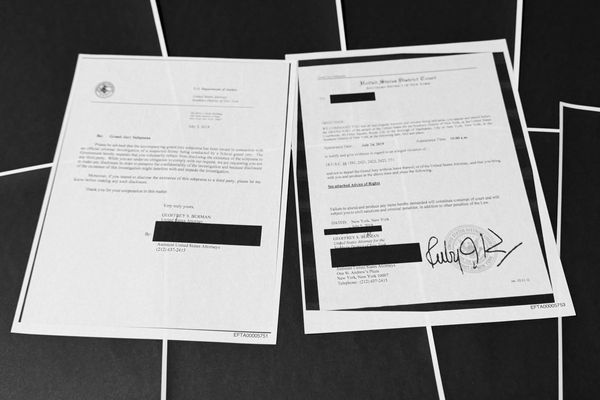With Britain in the midst of another heatwave, runners are once again confronted with a tough choice: brave the sweltering temperatures or and stay indoors.
There are a number of risks involved in running in hot weather, but fitness experts have revealed the key precautions to take and smart ways to stay active in extreme heat.
What happens to our body when we run in extreme heat? What can the health risks be?
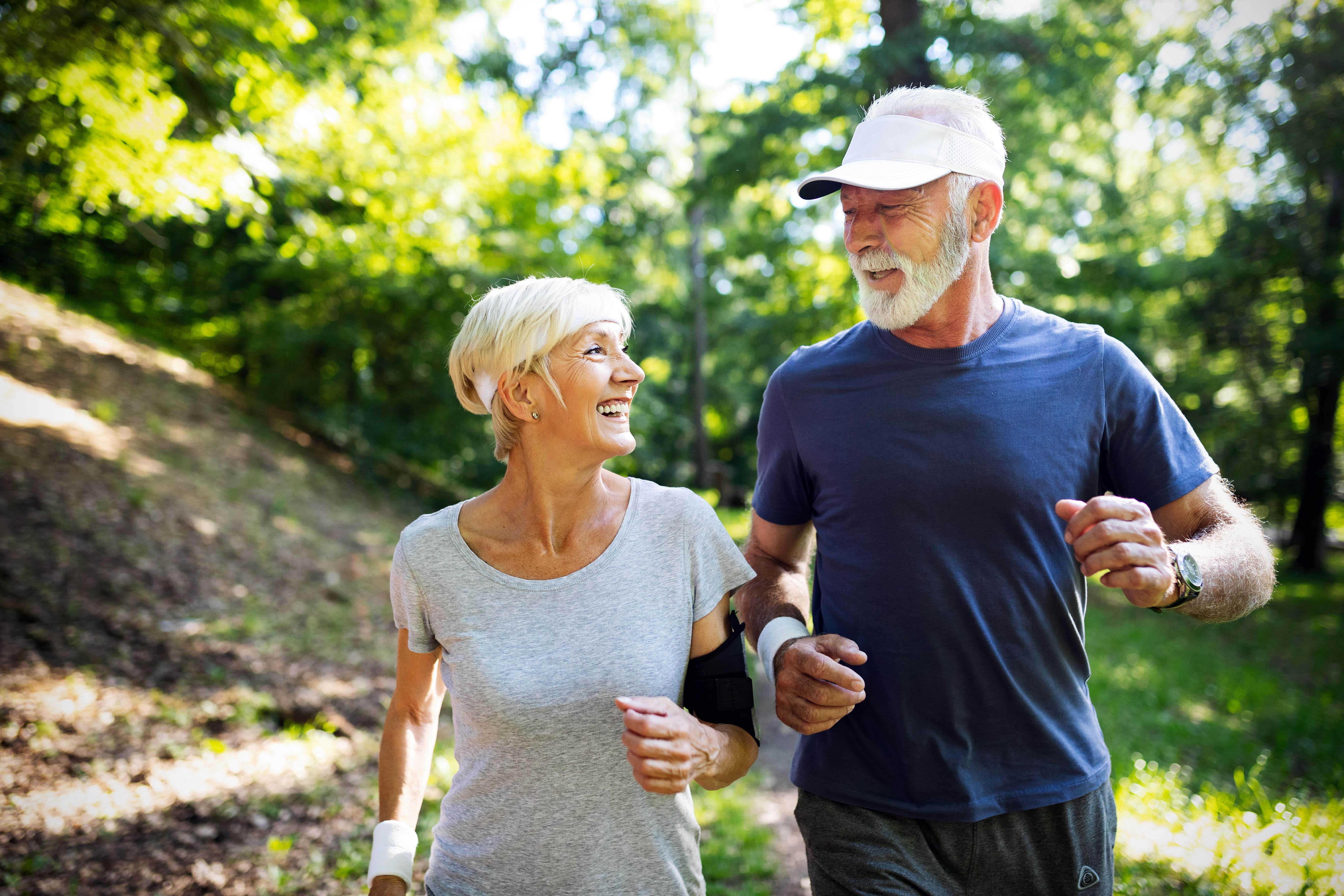
“What happens first of all is that your body does what it’s designed to do – it sweats to try and keep your body cool,” explains Kris King, running coach and co-founder of Beyond the Ultimate. “What happens quite quickly in extreme heat is that the core temperature rises, and that’s when things can go a bit awry. So, you can start to get things like headaches, sickness and dizziness and, at the severe end of that, vomiting and strokes.”
Sam Quinn, Nuffield Health’s personal training lead, agrees and adds: “If you’re finding that it’s so hot you can’t run, you’re having to slow down, you’re feeling exhausted, faint or dizzy, I think that’s probably a big indicator that actually you’re not going to maximise your assets by running in that type of environment.”
What precautions should runners take if they choose to run during a heatwave?
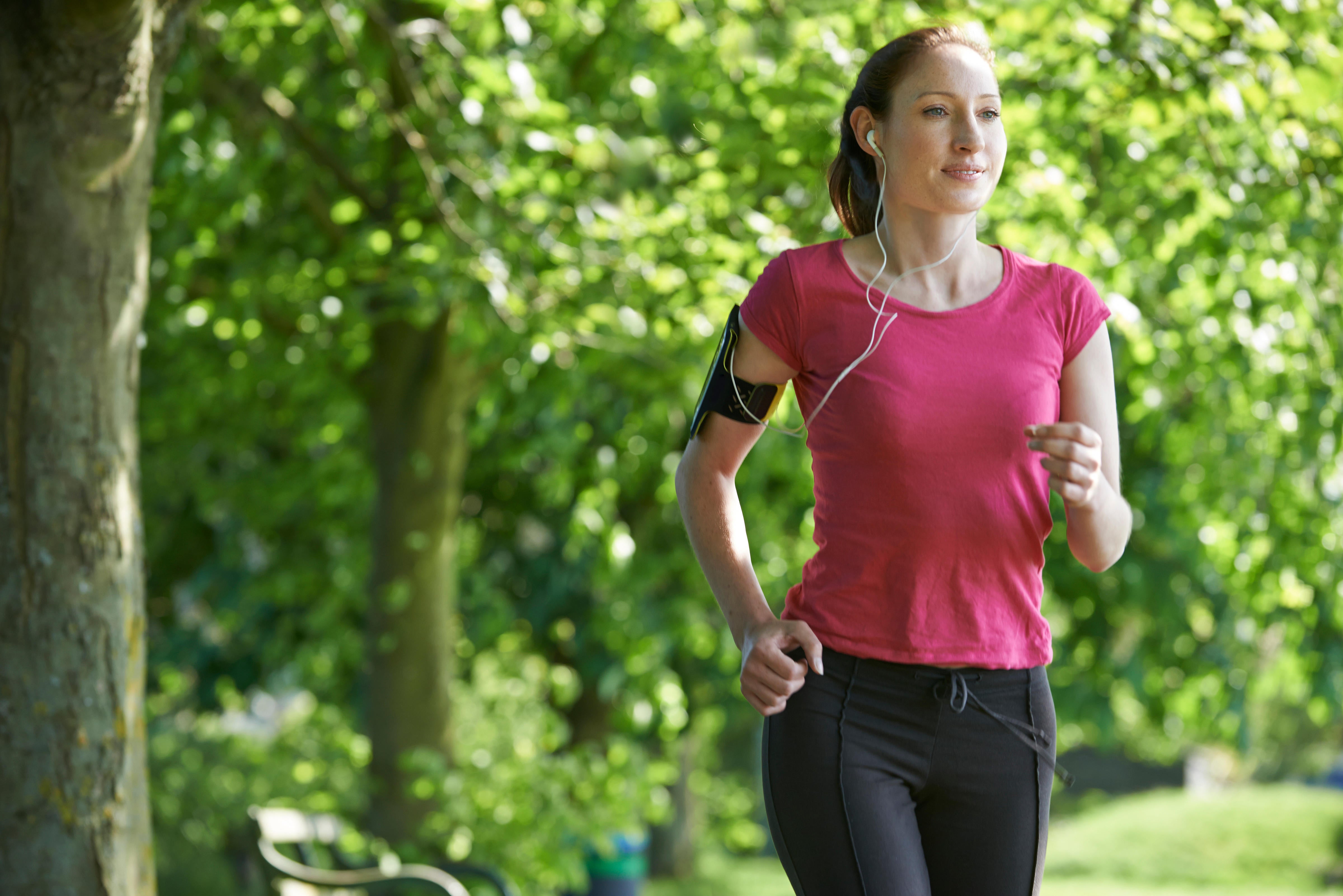
“If you are running in the heat, make sure that you’re running safely, that you’re listening to your body and giving yourself the right sort of tools to have a successful training run and that you are not putting yourself at any unnecessary risk,” says Quinn.
Here are their top tips for a successful run this summer…
Run during the cooler periods of the day
“Consider running at more suitable times during the day, such as early morning or later in the evening where it’s slightly cooler,” recommends Quinn.
Fuel your body
“Make sure that your nutritional intake is appropriate for the distances and things you’re doing,” says Quinn. “Make sure that you’re having enough protein and carbohydrates pre-workout so that you’ve got energy during the workout.”
Adjust your route
“Try not to run too far from home, think about smaller loops, rather than big out and backs,” advises King. “Consider somewhere shady, so it might be the woods or a forest, rather than out on exposed plains.”
Protect your skin
“Sun cream and covering your skin is really important, because if you’ve got burnt skin it’s not going to be as effective at sweating and cooling you down,” highlights King.
Drink water before, during and after your run
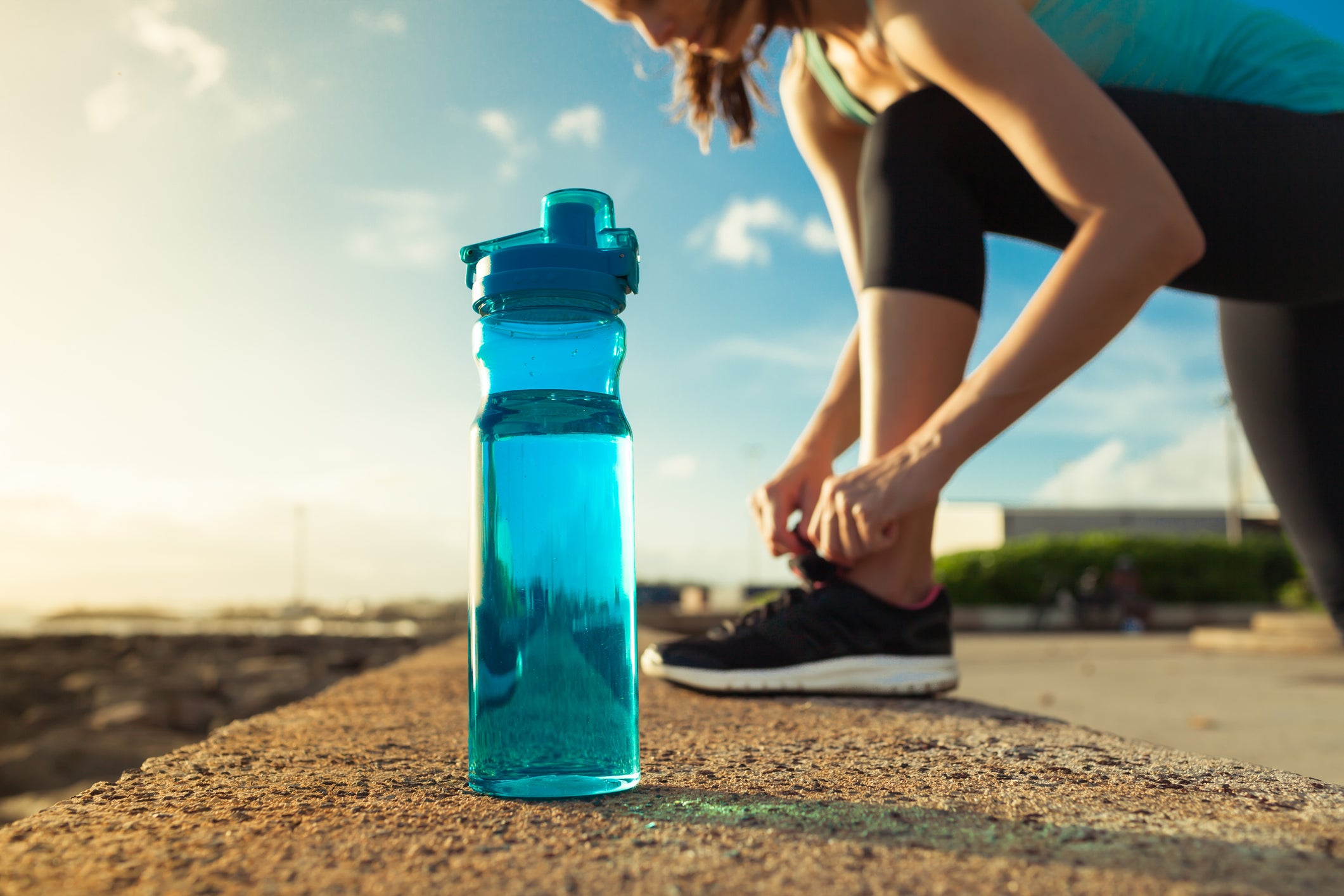
“Even with slight dehydration, performance can be decreased by up to 20%, so you need to make sure you’re hydrated before your run,” says Quinn. “Also, if you’re dehydrated, you’ve got much more risk of adverse health effects or higher risk of injury.
“During the run, you’re going to be sweating and losing salt from your body, and electrolyte drinks and water can help you replenish any depleted stores. Then post-exercise, if it’s a hot day, you could lose quite a lot of water and sweat, so it’s important that you again really replenish your stores, so that you’re going to be able to recover afterwards.”
Run with a friend or in a group
“If you’re running and it’s a really hot day, it’s great to run with a friend for additional safety,” says Quinn, “So, if there is an incident or you feel unwell, you’ve got some support there.
“Running in groups is also really good. The organisers of parkruns and running clubs tend to implement lots of precautions, offer advice and make sure that everybody’s had a drink, warmed up and had an appropriate cool-down.”
Adjust your pace
“Another thing you can do is manage your pace,” recommends King. “Your body’s going be working hard to cool you down, your heart rate’s going be higher, so you’ll need to run slower.”
Wear cooler clothing
“You just need something that’s breathable and wicking so the sweat comes away from your body,” advises King. “Loose-fitting clothing is good. You can also pre-douse your clothes in water before a run.”
What is an indoor alternative if people don’t want to run outside in the heat?
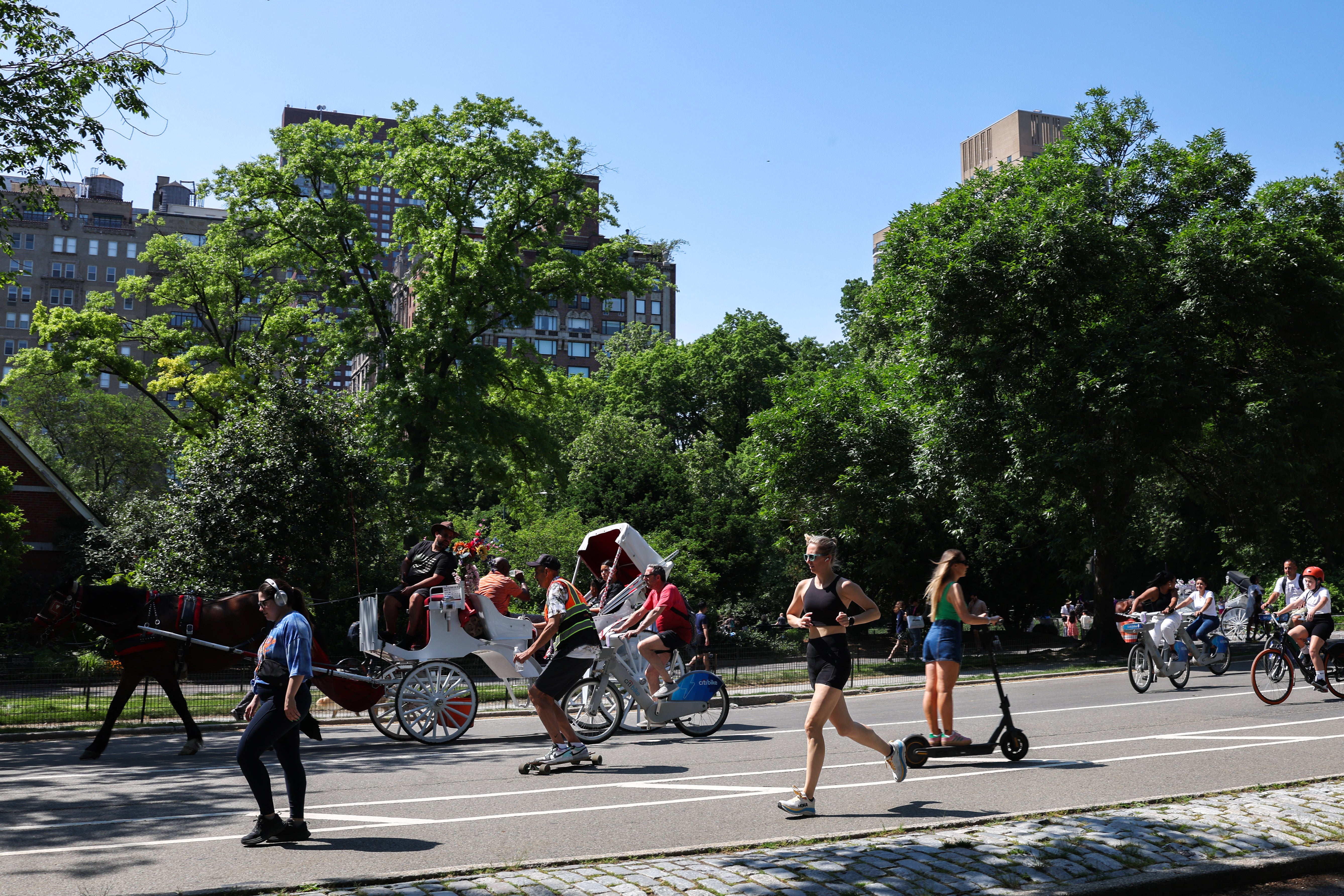
“I think the treadmill is a fantastic option,” says Quinn. “There’s so many different varieties of a treadmill now. At Nuffield we have got these curved treadmills called SKILLMILL where you actually propel yourself and dictate the speed yourself.
“So, you don’t jump on the treadmill and set it to 10 kilometres an hour and off you go. You running on the treadmill actually dictates the pace, so they’re very good for mimicking road-running conditions.”
What should you do straight after a run in the hot weather?
“After a run make sure that you cool down effectively and are monitoring your heart rate to make sure it’s coming back down to a stable, normal, resting heart rate,” advises Quinn. “Also, make sure that you’re doing stretching mobility post-run.”
In addition, King recommends sitting in the shade with a cold compress.
“By in large if your body temperature is coming down, there’s a cold compress on your neck and your head and you’ve got the appetite to drink, then you should be fine,” says King.
Refuelling is also very important.
“Make sure that you’re taking on some protein to be able to recover and some carbohydrates as well, to replace any depleted energy stores, and drink plenty of water as well,” recommends Quinn.
Matching your workouts to your personality could give you better results
How your personality type dictates your exercise routine
Should you use hydration multipliers in extreme heat?
Parental leave isn’t working. This is how it can be fixed
Monday anxiety found to leave lasting stress signs across body

